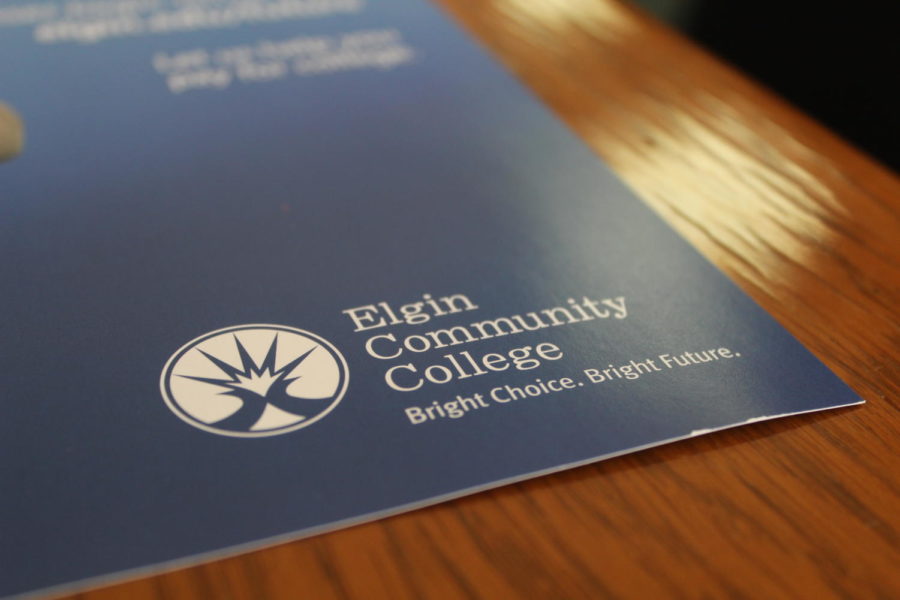Community college to get more knowledge
Pros of attending a community college or trade school.
April 25, 2023
A high school student stresses over applications for a university, but does not even know what major he wants, or if he can afford the cost of the university’s tuition. In recent times, it has been looked down upon to choose a community college or trade school as a post-high school route for students. However, this is a stigma that is not based on the facts regarding the benefits of these paths. While a four-year university is ideal for certain careers and majors, many degrees will benefit from attending a community college, and trade school set a student up for a variety of career paths.
Community colleges are cheaper and more personalized than a four-year university. One’s local community college is far more likely to have more affordable tuition for their degrees than a local four-year university, with some community colleges costing about a third of their counterpart’s tuition. Most community colleges also offer plenty of scholarships, with some allowing students to have a full ride for their two years at the college. Further, community colleges provide smaller class sizes, allowing new freshmen students to reach out for academic assistance when needed and drowning in a 500-person lecture hall. These class sizes allow more interaction between the instructor and the students, allowing a course load that is just as rigorous and educational as a four-year university.
The benefits do not stop at a personal classroom and easy-to-afford tuition, but also include flexibility and proximity to one’s home. Many community colleges recognize that their students have jobs, families, or other responsibilities that may prevent them from attending full-time classes, and consequently provide options like night classes and asynchronous courses to accommodate those needs. Community colleges are also typically regional schools, accepting students from a district around them. This allows incoming freshmen to feel comfortable with their environment in an area that is familiar to them. This also allows families who are not able to afford a faraway university access to education nearby and a means of establishing a foothold to transfer to a larger university.
Community colleges are a wise path to a four-year university, allowing students to complete certain course requirements for less money. St. Edward counselor, Mrs. Mann, says, “One of the best benefits of a student attending community college is that they can get their gen-ed requirements out of the way”. Many community colleges work with nearby universities to allow students to transfer their credits to earn a bachelor’s degree. This process will only require the student to pay for two years of a university’s costs instead of four years. It is also appealing to universities when a student has one or more associate degrees, as many students can earn multiple of these degrees in the span of two years. This surplus of degrees is not only appealing to four-year universities but also to future employers and will only benefit a student looking for jobs. This is especially true in fields such as nursing and firefighting, fields that community colleges excel in while many four-year universities do not offer. These colleges offer many different courses that many universities do not, such as culinary classes and mechanical courses, along with baccalaureate programs in fields such as business and computer science.
Another possible path for a post-high school career path is a trade school. Mrs. Mann says, “It is a great opportunity to get hands-on learning, especially with the abundance of apprenticeships available to students.” Like community college, trade school is typically a two-year process. Trade school allows students to have hands-on training with professionals and prepares them for the workforce. Further, the trades are in high demand with the current workforce climate. Students will be able to enter the workforce at a faster pace than those who attend a four-year college, and their skills will be very desirable in the eyes of future employers. Some trades are taught directly by professionals. Sam Lange, ’23, is entering into the trades with electricians and plumbing after graduating this school year. He says, “They are teaching me to get my license; I won’t have to go to school.” Sam’s current path is setting him up to learn how to work in electricity and plumbing without having to attend any form of school and build up student loans.
Community colleges and trade schools are good paths to learning and preparing oneself for the workforce in an affordable and productive way. They offer tuition that is considerably less expensive than four-year universities and provide opportunities for students that a four-year university is incapable of doing. Juniors and seniors who are currently unsure about their career paths or majors or who need a cheaper education, should consider attending a community college or trade school to help them grow as a student and prepare them for a four-year university, and for the future in the workforce.




